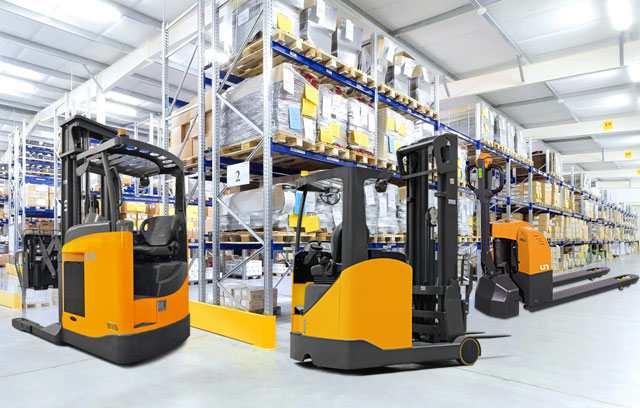The pallet stacker typically includes various built-in stability features designed to prevent tip-overs and ensure safety during operation. These stability measures are crucial in maintaining balance, protecting operators, and ensuring the longevity of the equipment. One of the key stability elements is the design of the frame and chassis, which are often constructed from robust materials such as heavy-duty steel. This provides a solid foundation and ensures that the stacker remains stable under heavy loads and high operational demands.
The placement and design of the wheels also play a significant role in the stability of a pallet stacker. Many stackers feature wide-set or heavy-duty wheels that provide better balance and weight distribution. These wheels may be equipped with brakes or locking mechanisms to secure the stacker in place during loading, unloading, or transportation. In addition, some models come with anti-tip features, such as low center-of-gravity designs, which help distribute weight evenly and prevent the stacker from tipping over during maneuvers or turns.
Pallet stackers often include safety mechanisms like load capacity indicators and tilt protection systems. These features provide real-time feedback on the weight distribution and stability of the stacker, ensuring that loads do not exceed safe operational limits. If an uneven or excessive load is detected, the system can alert the operator to make adjustments before proceeding with operations. This prevents the risk of accidents caused by unbalanced loads or incorrect handling.
The handle and control systems of the pallet stacker are also designed with safety and stability in mind. Ergonomically placed handles offer better control and maneuverability, ensuring that operators can steer and stop the stacker with precision. Additionally, many stackers have integrated safety controls that prevent sudden movements or shifts, further safeguarding against accidental tip-overs.
Maintenance and wear are also addressed in the design of pallet stackers. Regular inspections and replacement of worn parts, such as wheels, hydraulic systems, and stabilizers, are essential to maintain their stability and functionality. Manufacturers often provide maintenance guidelines and service recommendations to ensure that all components remain in optimal condition.
Pallet stackers are equipped with multiple built-in stability features that prevent tip-overs and accidents. These features include robust frame construction, strategically placed wheels, anti-tip designs, load capacity indicators, tilt protection, and ergonomic control systems. Proper maintenance and adherence to safety guidelines further enhance the stability and reliability of these machines, ensuring safe and efficient operation in warehouse and industrial environments.
- Home
- About
-
Product
-

IC Forklift
Ranges
-

Electric Forklift
Ranges
-

Warehouse Equipment
Ranges
-
- CUSTOMER CARE
- INDUSTRY SOLUTION
- News
- Contact








 中文简体
中文简体 عربى
عربى Español
Español














